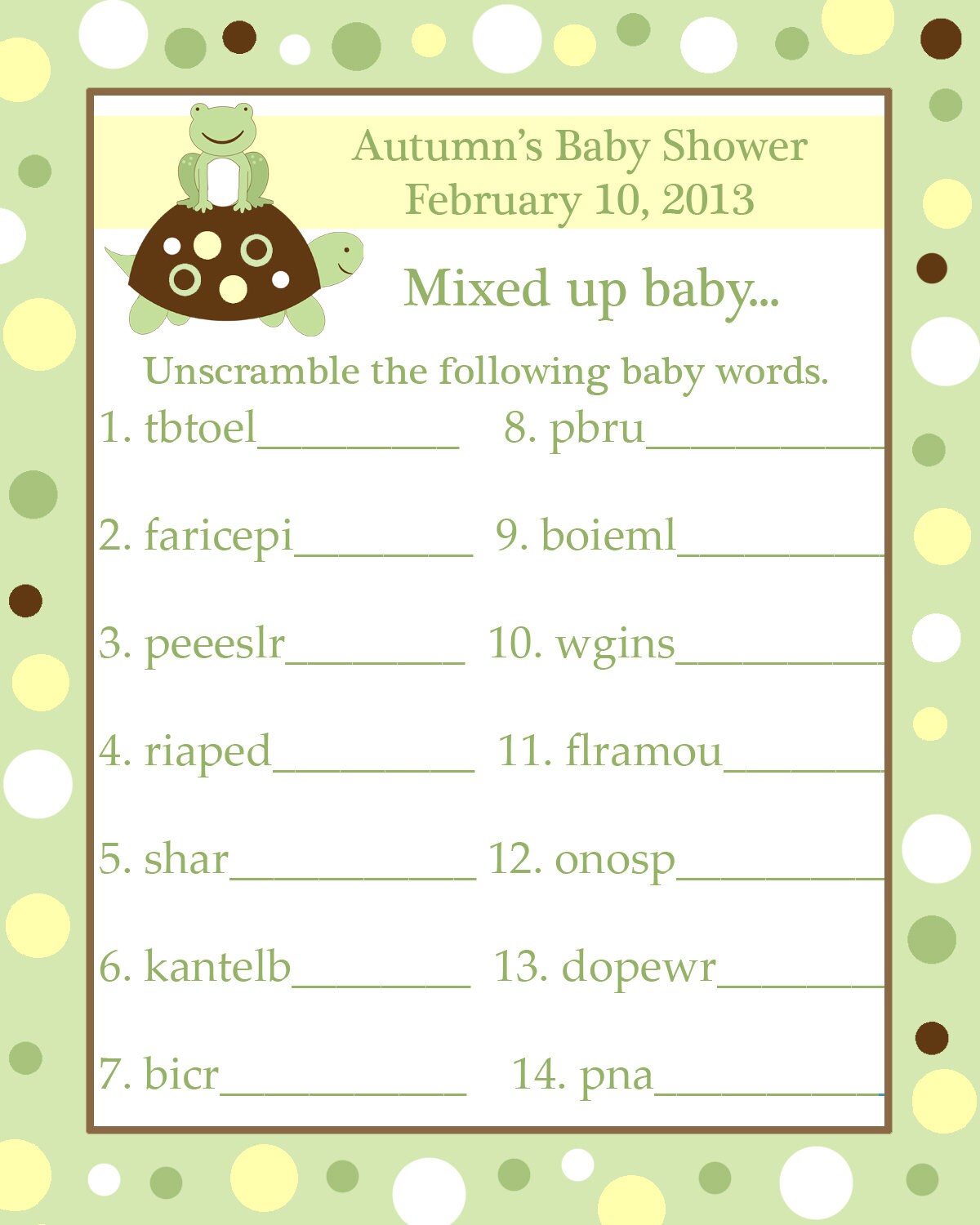


“We show that our ability to read jumbled words comes from simple rules in the visual system, whereby the response to a string of letters is a weighted sum of its individual letters,” Aakash Agarwal, first author of the paper, says. However, how these factors contribute individually or collectively to recognize words remains unclear. At the phonological level, it is easier to recognize similar sounding words, e.g. “7EX7_WI7H_NUM83R5.”Īt a linguistic level, it is easier to recognize words that we encounter more frequently or have frequently-used letters. For instance, ‘UNIEVRSITY’ is easier to read than ‘UTISERVNIY.’ We can also read words when numbers of similar shape replace letters, e.g. Yet, some arrangements are easier to read than others. Earlier research has shown that our brain processes jumbled words at various levels - visual, phonological and linguistic.Īt the visual level, it is easy to read a jumbled word correctly when the first and the last letters are retained and the other letters are jumbled or replaced with letters of similar shapes. Reading words is a complex process in which our brain decodes the letters and symbols in the word (also called the orthographic code) to derive meaning. According to this model, when we see a string of letters, our brain uses the letter shapes to form an image of the word and compares it with the closest visually similar word stored in our brain.

How does our brain read jumbled words correctly? Scientists led by SP Arun and K V S Hari from the Centre for Neuroscience, Indian Institute of Science (IISc), Bengaluru, have developed a computational model that sheds light on this.


 0 kommentar(er)
0 kommentar(er)
